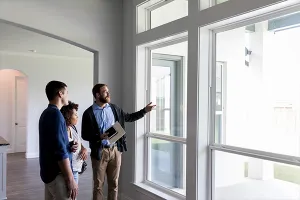
Home buyers aren’t afraid of ghosts.
More than half of consumers—57%—say they’d consider purchasing a haunted house, according to a 2022 survey of 1,000 respondents from Clever Real Estate. They care more about the condition of the home and saving money than the potential for paranormal activity, the study shows.
Still, “homes with a paranormal past aren’t just a matter of folklore or fun conversations; they often carry a stigma that can impact their value,” according to a new study from Assurance IQ, an insurance provider. “Potential buyers may be reluctant to purchase these stigmatized properties, leading to challenges in reselling the house. Homeowners may also find it tricky to find accurate and fair insurance coverage for such properties.”
But in a housing market plagued by a severe inventory shortage, some buyers may feel they have no other choice. So, what are the chances of buying a real-life haunted house?
Assurance IQ recently ranked cities nationwide on the probability of living in a haunted home, weighing in factors like homes with reports of deaths, homicides and paranormal activity. Tulsa, Okla., topped its “ghoulish leaderboard” with about 330 haunted houses per 1,000 homes. Find out which other cities Assurance IQ ranked as places where home buyers are most likely to encounter a haunted house:
- Tulsa, Okla.
- Akron, Ohio
- Little Rock, Ark.
- Louisville, Ky.
- Oklahoma City
- Provo, Utah
- Chicago
- Knoxville, Tenn.
- Greenville, S.C.
- Dayton, Ohio
On the other hand, these are the cities where buyers are least likely to encounter a haunted house:
- Miami
- New York
- Albany, N.Y.
- Rochester, N.Y.
- Austin, Texas
- Milwaukee
- Madison, Wis.
- Scranton, Pa.
- McAllen, Texas
- Fort Myers, Fla.









